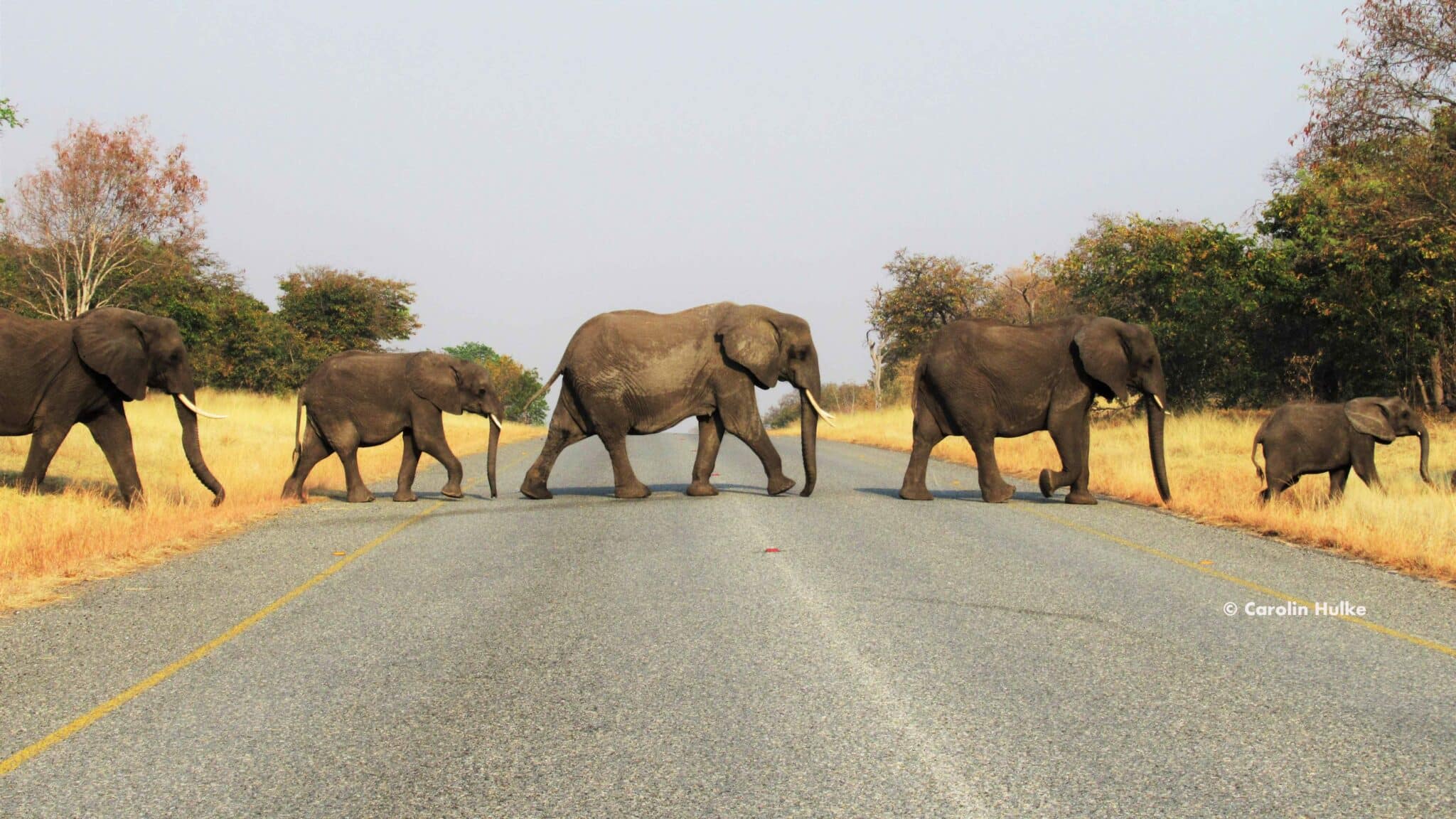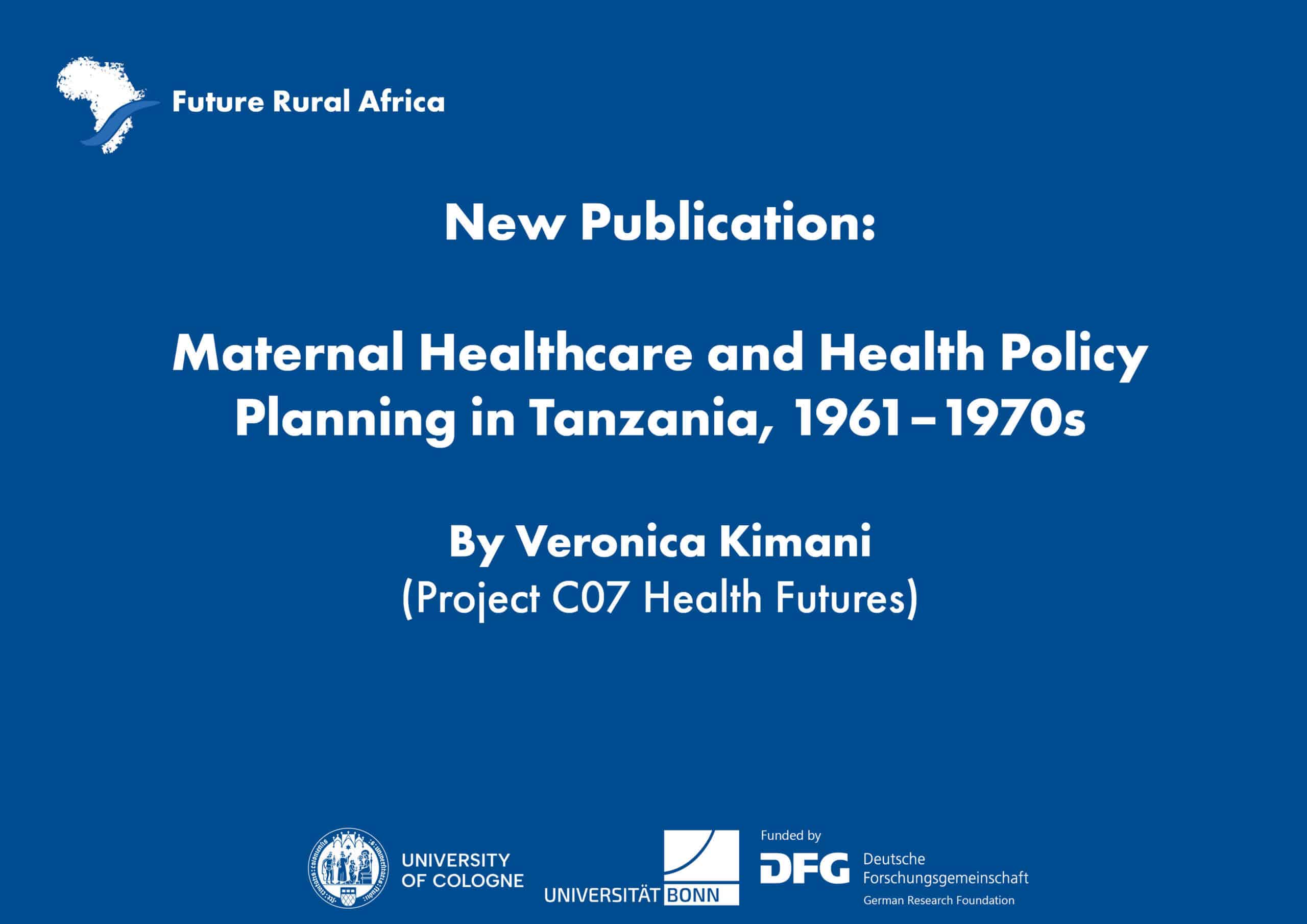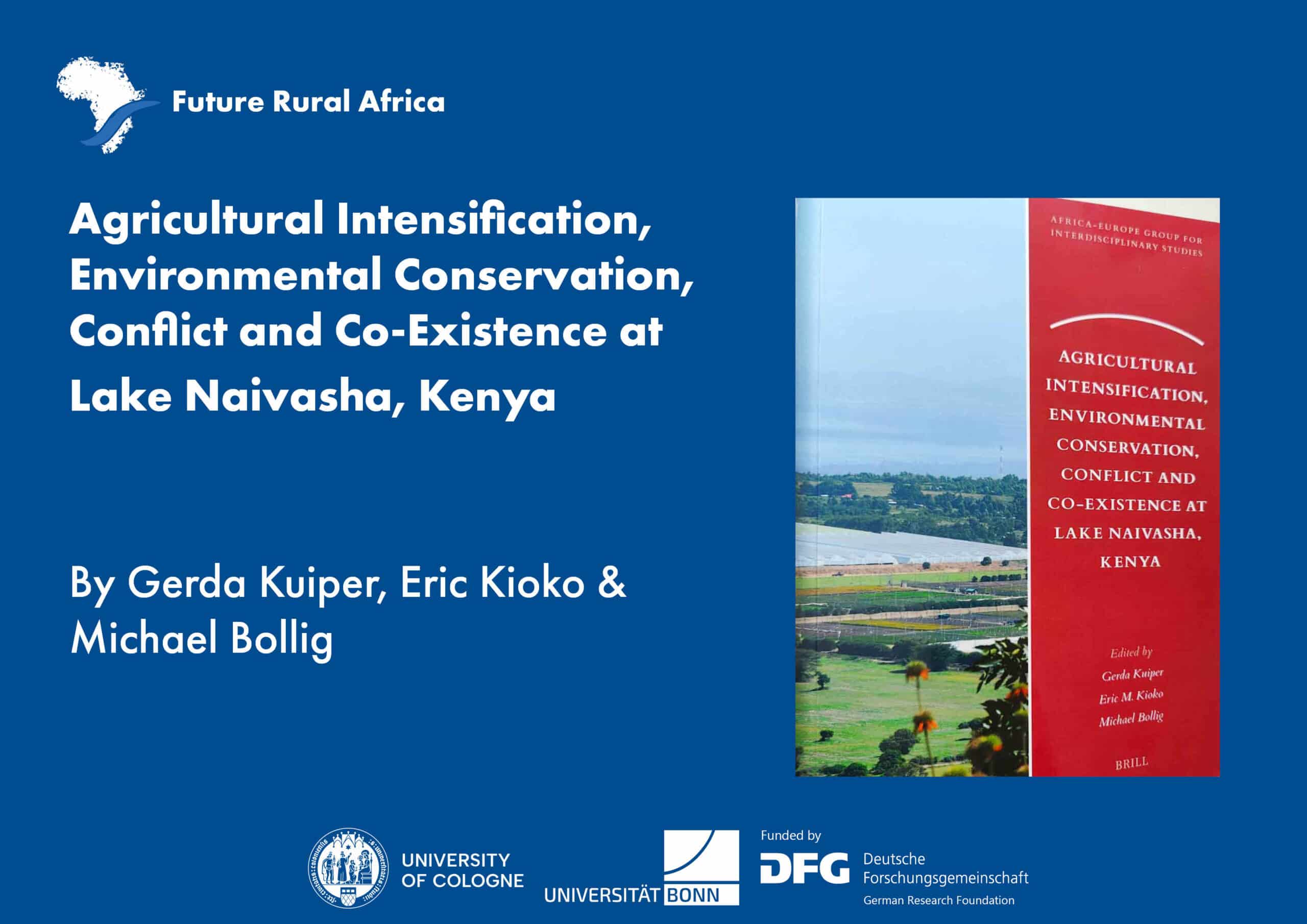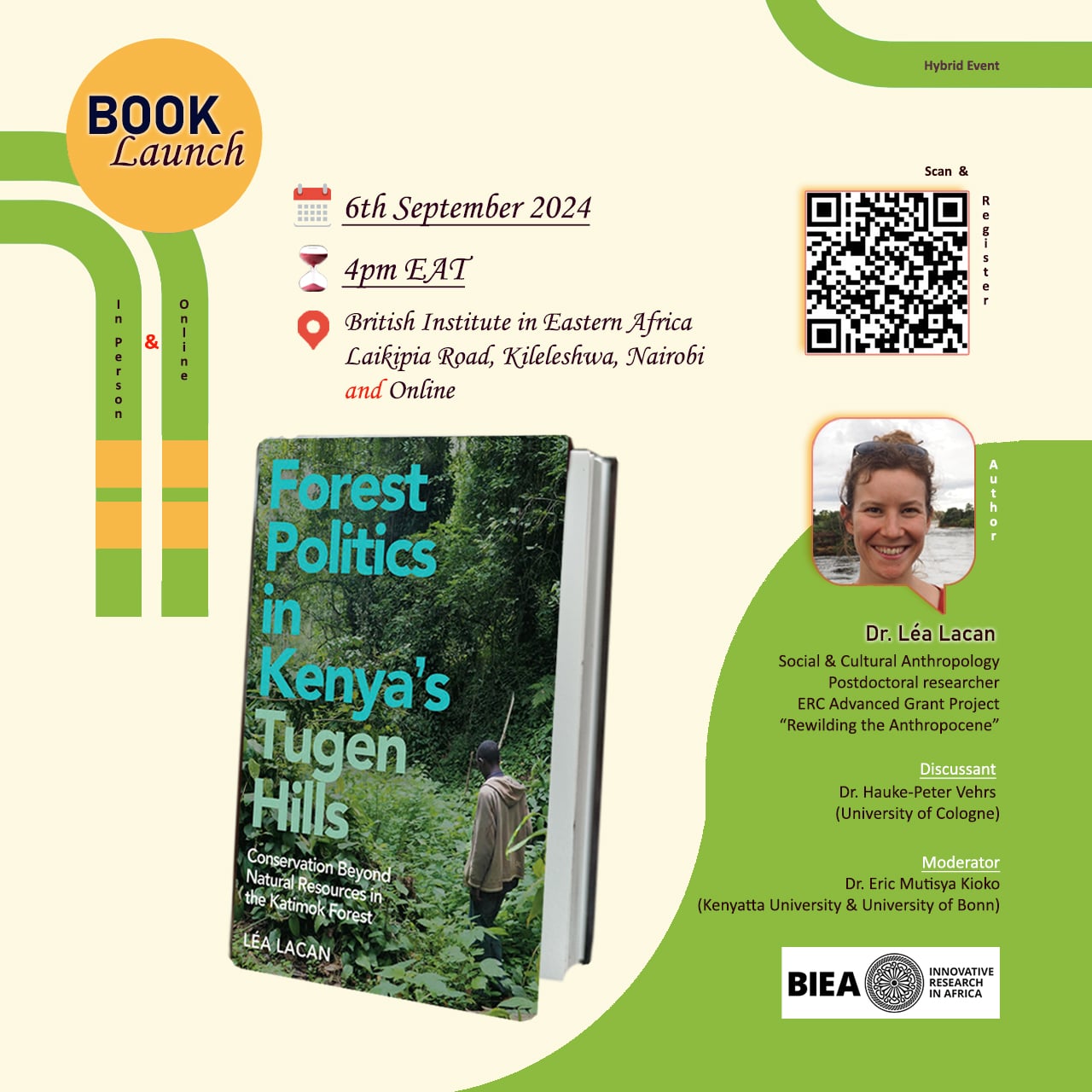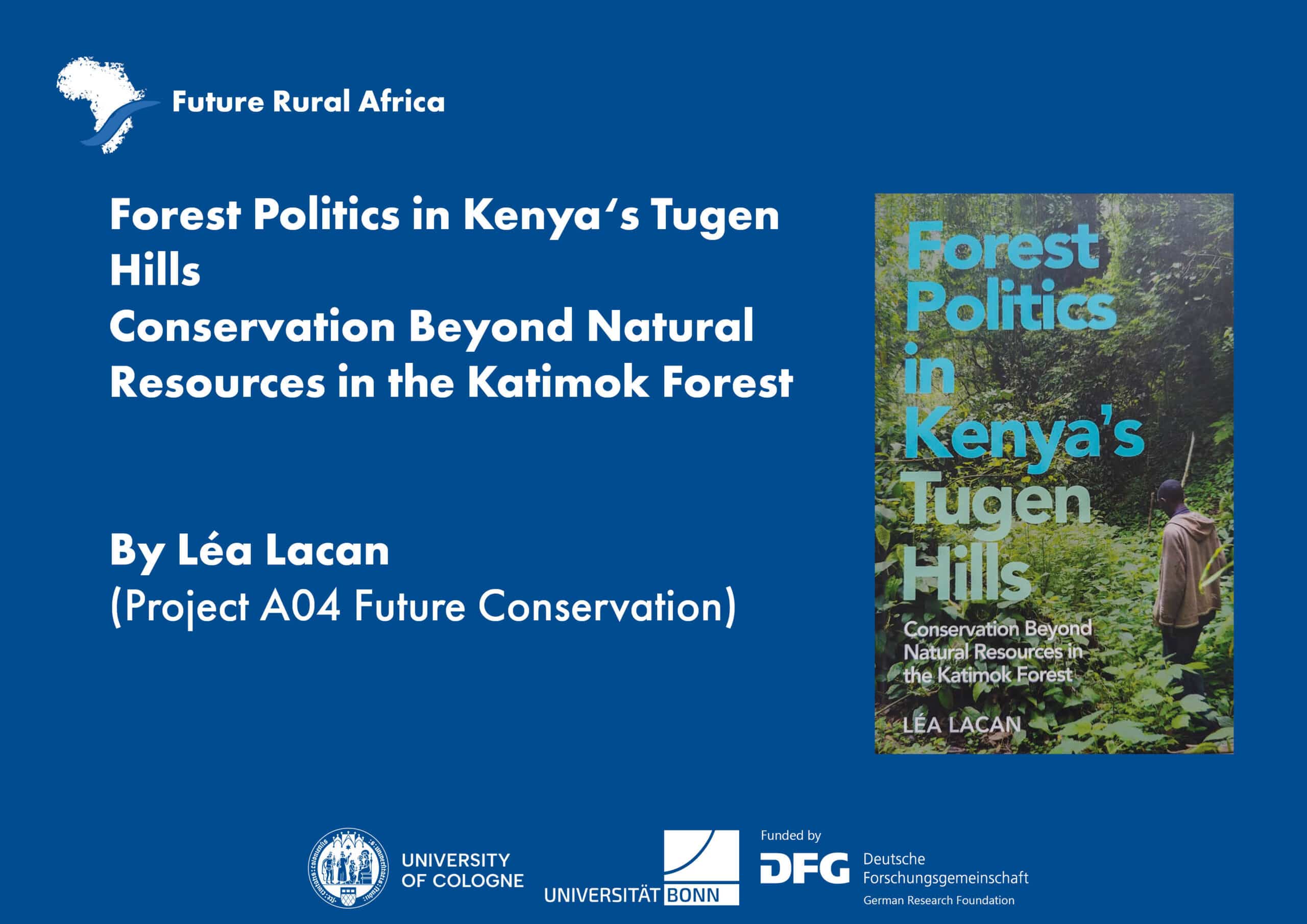Abstract
Halting biodiversity loss is a major contemporary challenge. Nature protection can help conserve biodiversity, but increasing wildlife numbers inside protected areas and shrinking habitats intensify interactions between humans and wildlife, potentially causing human–wildlife conflict (HWC). Contemporary narratives of HWC highlight detrimental effects on households’ socioeconomic outcomes. Despite a wealth of literature on HWC, many studies remain descriptive and little inferential evidence has been provided. Here we identify the determinants and effects of reported HWC on household outcomes using spatial predictors and an original farm-household dataset collected in Namibia’s share of the Kavango-Zambezi Transfrontier Conservation Area. In addition to dependence on agriculture, we find that community-based conservation, the share of a community’s area set aside for conservation, and habitat connectivity are key drivers of HWC. Contrary to contemporary narratives of HWC, we find that reported conflicts did not have strong negative effects on household income and livelihood diversity. Conversely, community-based wildlife conservation increases income and livelihood diversity among participating households. It is, however, also associated with food insecurity concerns. Such concerns may be driven by comparatively higher restrictions related to land use planning and zoning that constrain productive land uses, such as agriculture. Our findings suggest that community-based conservation can create development synergies for households in favorable environments, despite increasing HWC risks. However, potential trade-offs including non-material costs warrant further research.
Meyer, M, Börner, J, 2022, Rural livelihoods, community-based conservation, and human-wildlife conflict: Scope for synergies?Biological Conservation, Volume 272, DOI

